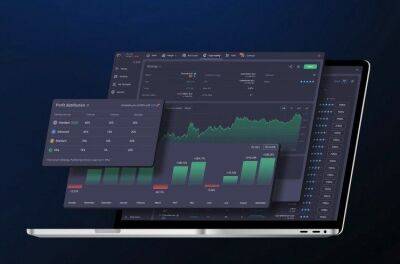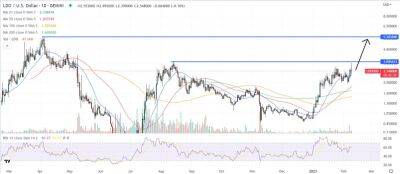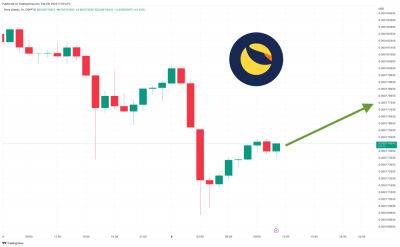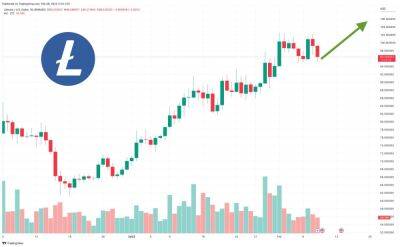Price analysis 2/1: BTC, ETH, BNB, XRP, ADA, DOGE, MATIC, DOT, LTC, AVAX
Bitcoin (BTC) gained about 40% in January, its best finish in the first month of the year since 2013. The sharp rally caused a change in sentiment and the futures markets which saw backwardation in November and December started trading at a healthy contango in January, according to Glassnode.
Coming out of a bear market low, a rally driven by the leaders rather than the laggards is a sign that the bottoming process may have begun. The rise in Bitcoin’s dominance from about 38% in November to above 42% in January is an indication that smart investors may have started accumulating Bitcoin at lower levels.
After the strong up-move in January, the next big question is how will Bitcoin perform in February. Coinglass data shows that since 2013, Bitcoin has closed February in the red only in 2014 and 2020. If history repeats itself, the possibility of a positive close in February is high but the pace of the rally may slow down.
Could Bitcoin and altcoins stay range-bound and consolidate the gains or will traders book profits, dragging prices lower? Let’s study the charts of the top-10 cryptocurrencies to find out.
Bitcoin dipped below the breakout level of $22,800 on Jan. 30 but the bulls purchased at lower levels and pushed the price back above $23,000 on Jan. 31.
The upsloping moving averages and the relative strength index (RSI) near the overbought zone suggest that bulls are in control. Even if the price slides below $22,800, the BTC/USDT pair is likely to find support at the 20-day exponential moving average ($21,936).
A strong rebound off the current level or the 20-day EMA could again launch the pair toward the overhead resistance of $24,000.
A break and close below the 20-day EMA could be the first sign that the bulls may be
Read more on cointelegraph.com



















